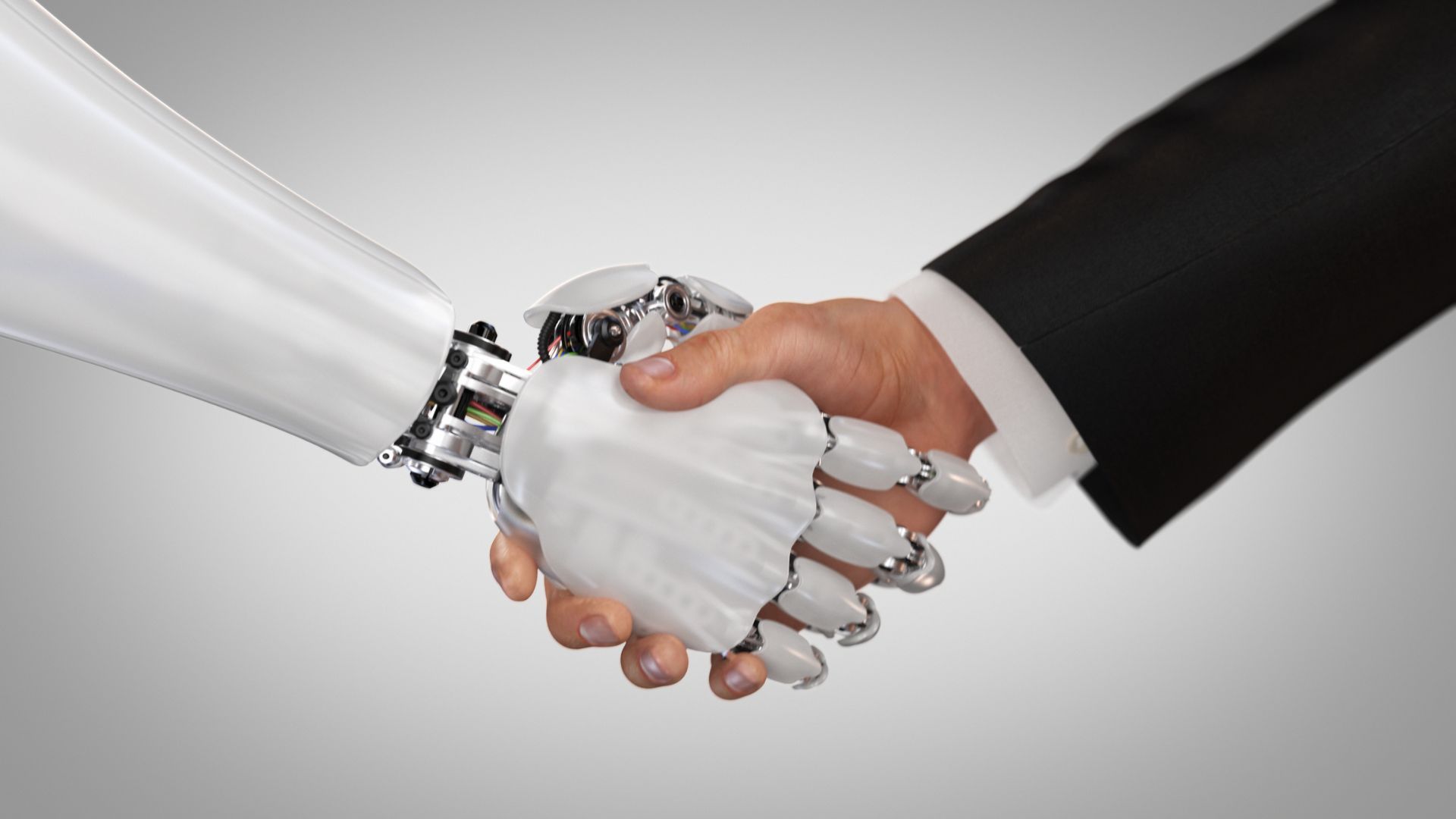Is A Flatter Structure Right For Your Organisation?

Is A Flatter Structure Right For Your Organisation?
In today’s rapidly evolving workplace, traditional career trajectories are being redefined. The post-pandemic shift towards flexibility, autonomy, and employee-centric cultures has brought about significant change in how organisations structure their teams and enable career progression. A growing number of companies are adopting flat hierarchies, prioritising experience and employee feedback over rigid management structures.
A recent report highlighted that younger employees, in particular, are driving these changes. Flexible work arrangements, once a luxury, are now considered a baseline expectation. In fact, research suggests that employees under 35 are more likely to prioritise flexibility and autonomy in their roles than previous generations. This trend has led to the rise of dual career paths, where becoming a people leader is no longer the sole route to professional growth. Instead, employees now have the opportunity to advance their careers while focusing on their expertise rather than taking on management responsibilities.
These shifts align closely with the emergence of more inclusive workplace cultures. Organisations are actively seeking employee input on what matters most to them. This evolution underscores the importance of recognising individual preferences, especially in a competitive job market where retaining top talent is key.
“Employees are now more outspoken than ever before, and inclusive cultures encourage them to voice what is important to them.”
During a recent interview on AFR with Euan Black, Bianca Luck, NSW Director at people2people, explored the implications of these emerging workplace trends and how organisations, including people2people, are adapting.
Bianca shared how people2people has embraced the concept of flat hierarchies by introducing a new role, the Principal Consultant. “This role allows our consultants to progress their careers and gain recognition without needing to manage staff,” she explained. The move was driven by a clear understanding that not all employees aspire to people management but still seek meaningful career growth.
This shift reflects broader trends across industries, where organisations are focusing on providing diverse career pathways to meet the evolving needs of their workforce. As Bianca highlighted, “Employees are now more outspoken than ever before, and inclusive cultures encourage them to voice what is important to them.” By doing so, businesses can align their structures with employee preferences, fostering greater engagement and satisfaction.
The discussion also touched on the rising value employees place on flexibility, particularly in the wake of the COVID-19 pandemic. “Since COVID, flexibility has become a non-negotiable for many, especially younger employees,” Bianca noted. This shift has led companies to reconsider their traditional working models, balancing organisational needs with individual expectations. By adopting more agile practices, employers are better positioned to attract and retain talent in a competitive landscape.
Another driving force behind the flat hierarchy model is the increasing emphasis on experience over title. Employees are seeking recognition for their skills and contributions without the additional burden of managing others. Bianca observed that this trend often starts with employees themselves: “It’s the employees who are advocating for autonomy and recognition without taking on the responsibilities of managing a team.”
At people2people, this cultural shift has been embraced wholeheartedly. By actively listening to their employees and implementing structures that cater to diverse career aspirations, the organisation has positioned itself as a leader in this space. Bianca’s insights underscore the importance of creating environments where employees feel heard and valued, ensuring that workplaces remain adaptable and inclusive.
Is A Flatter Structure Right For Your Organisation?
For businesses looking to adapt to these changes, there are several strategies to consider:
- Empower Autonomy: Redefine roles to provide employees with opportunities to lead projects or initiatives without necessitating formal management responsibilities. This approach can enhance job satisfaction and productivity.
- Streamline Decision-Making: Flatten organisational structures to reduce layers of bureaucracy. Simplified processes foster collaboration and ensure that employees at all levels feel empowered to contribute.
- Emphasise Flexibility: Offer flexible work arrangements to meet the growing demand for work-life balance. This can include remote work options, flexible hours, or hybrid models.
- Prioritise Employee Experience: Engage employees in meaningful conversations about their needs and preferences. Customising career paths to align with individual goals can significantly boost retention rates.
- Cultivate a Growth Mindset: Encourage continuous learning and development through training, mentorship, and clear career progression plans. Providing opportunities for skill enhancement demonstrates a commitment to employee growth.
Incorporating these practices is more than just a response to trends—it’s a proactive approach to future-proofing organisations in an ever-changing employment landscape. By embracing employee-led innovation and flexibility, companies can build workplaces where everyone has the chance to thrive.
Find the job you love I Find the right talent
Get in touch with people2people
Australia I United Kingdom
In business since 2002 in Australia, NZ, and the United Kingdom, people2people is an award-winning recruitment agency with people at our heart. With over 12 offices, we specialise in accounting and finance, business support, education, executive, government, HR, legal, marketing and digital, property, sales, supply chain, and technology sectors. As the proud recipients of the 2024 Outstanding Large Agency and Excellence in Candidate Care Awards, we are dedicated to helping businesses achieve success through a people-first approach.
Find the job you love I Find the right talent
Get in touch with people2people
Australia
I
United Kingdom
In business since 2002 in Australia, NZ, and the United Kingdom, people2people is an award-winning recruitment agency with people at our heart. With over 12 offices, we specialise in accounting and finance, business support, education, executive, government, HR, legal, marketing and digital, property, sales, supply chain, and technology sectors. As the proud recipients of the 2024 Outstanding Large Agency and Excellence in Candidate Care Awards, we are dedicated to helping businesses achieve success through a people-first approach.
Recent articles





Latest Media Features
List of Services
-
11 tips for employers to succeed in 202511 tips for employers to succeed in 2025
Human Resources Online
February 14, 2025 -
How will advisers’ salaries change this year?How will advisers’ salaries change this year?
Money Management
Janurary 17, 2025 -
Being a supportive employer in 2025Being a supportive employer in 2025
Money Management
January 6, 2025
List of Services
Get in touch
Find out more by contacting one of our specialisat recruitment consultants across Australia, New Zealand, and the United Kingdom.
Copyright © 2025, people2people
people2people acknowledges the Traditional Custodians of country, pays respect to their Elders past and present, and extends that respect to all Aboriginal, Torres Strait Islander and Māori peoples today.
people2people partners with CarbonInvoice to measure and mitigate any carbon emissions associated with the work we do.
Specialisations
Locations
Resources

